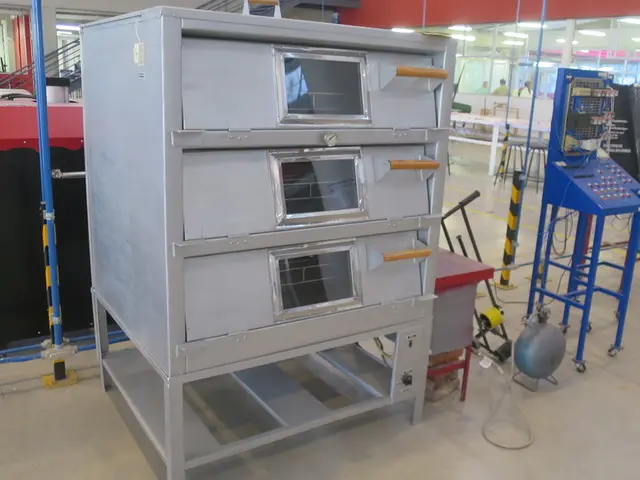Small enterprises can escape the "Productivity Rut" by prioritizing flow efficiency over resource efficiency, reducing unnecessary context switches, and continuously improving operations for sustained growth.
In the business world, efficiency is a key concern for companies of all sizes. However, the pursuit of efficiency can sometimes lead to unintended consequences, a phenomenon known as the efficiency paradox.
This paradox arises when businesses focus too much on maximizing efficiency, often at the expense of resource utilization and flow. Resource efficiency, which aims to maximize the utilization of resources, and flow efficiency, which optimizes for speed through the system, are two distinct approaches to efficiency.
One area where this dichotomy is evident is in context switching. Each time a task is switched, productivity can decrease by up to 40%. Minimizing context switching can help increase efficiency, but it's also important to organize work in a way that reduces the need for frequent switching.
The efficiency paradox also teaches us that more isn't always better. Sometimes, it means saying no to new initiatives to complete existing ones. This is particularly relevant in software development, where long-running branches can lead to more problems and inefficiencies. The solution lies in shorter running branches with uncompleted features hidden by feature flags, and requiring daily rebasing for longer branches.
The Lean methodology, a concept that has changed how many think about business operations, emphasizes the importance of delivering value quickly and consistently, rather than simply keeping everyone busy. This approach can help businesses avoid the efficiency paradox and operate more efficiently.
Research by McKinsey has shown that small and medium-sized enterprises (SMEs) operate at only about 50% of the productivity levels compared to large companies. Adopting a continuous improvement mentality is crucial for SMEs to stay ahead of the competition.
However, it's important to note that the goal is not to choose between resource efficiency and flow efficiency, but to identify and eliminate whatever is hurting the business most. By focusing on delivering better results through eliminating delays, queues, and work sitting idle, flow efficiency can offer significant benefits.
A notable example of the importance of continuous improvement is Intel, a company that struggled to keep pace with this mentality and has faced struggles for relevance as a result.
In conclusion, the pursuit of efficiency is a complex challenge, but understanding the efficiency paradox and the importance of delivering value quickly and consistently can help businesses navigate this challenge and operate more efficiently.





